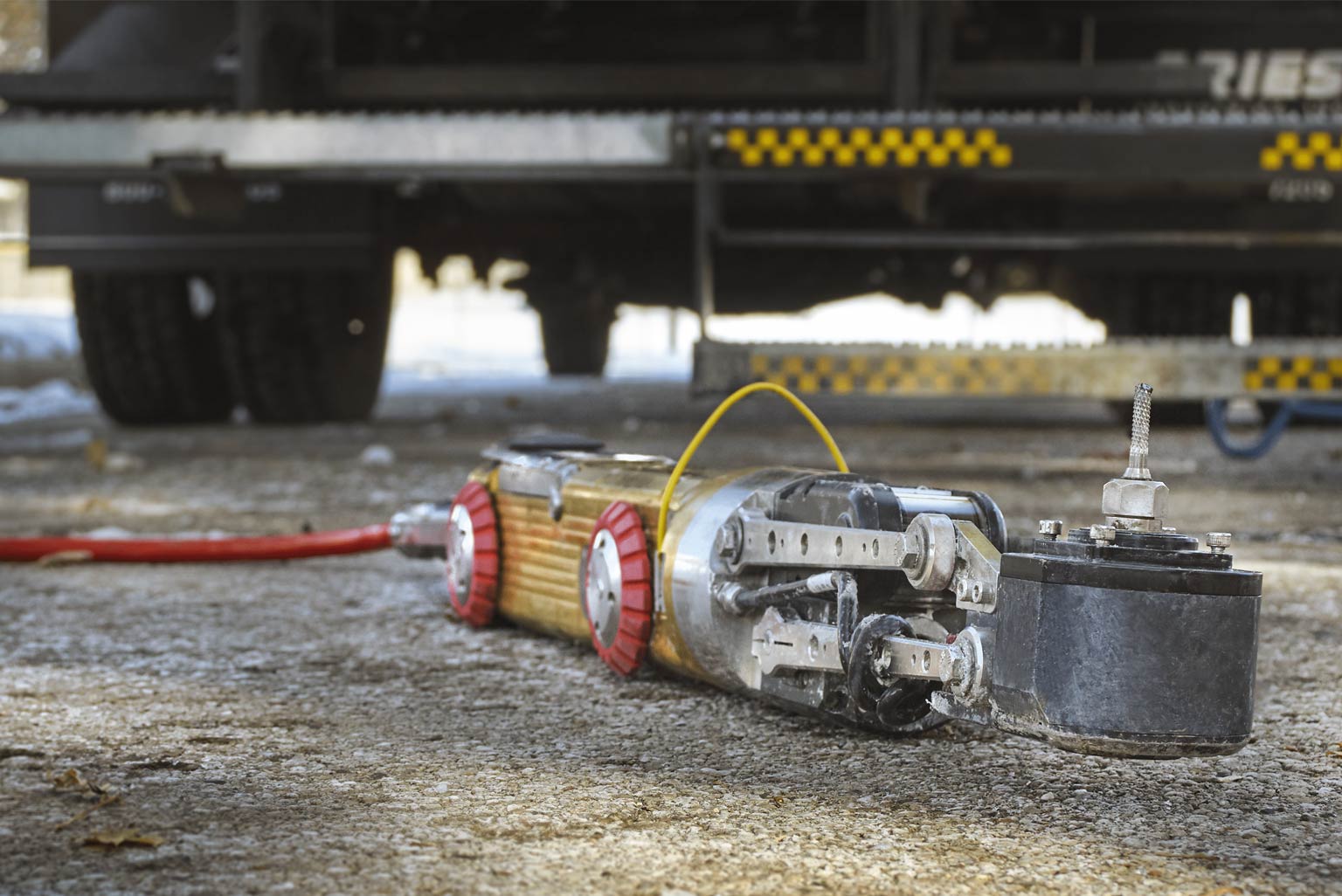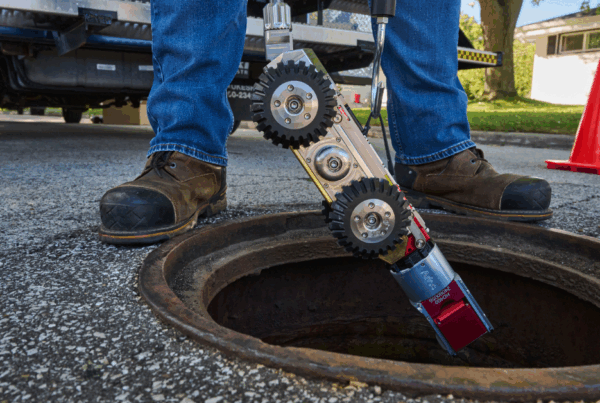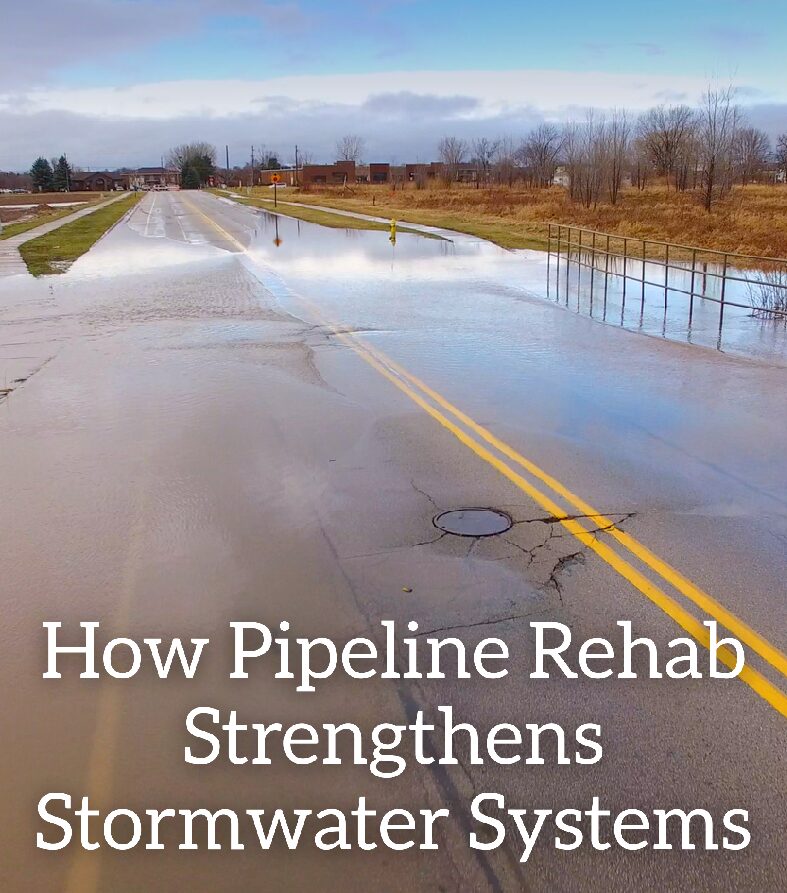As extreme rainfall becomes more frequent, stormwater infrastructure faces unprecedented challenges. Aging pipelines, joint failures, and inflow issues can quickly overwhelm systems—leading to backups, surface flooding, and costly damage. Pipeline rehabilitation is a smart, proactive solution that restores performance, increases capacity, and helps communities stay ahead of today’s climate realities.
The Role of Pipeline Rehabilitation in Resilient Stormwater Management
 1. Restoring Structural Integrity
1. Restoring Structural Integrity
Stormwater systems often suffer from cracks, leaking joints, and deteriorated pipe walls that worsen with each heavy rain event. Rehabilitation techniques like CIPP lining, injection grouting, and spot repairs restore structural integrity without excavation.
- Mainline Rehabilitation involves reinforcing large-diameter pipes that serve as primary channels for runoff. Techniques such as injection grouting are particularly effective at sealing leaking joints and preventing groundwater infiltration, which can lead to subsidence and loss of pipe support. Specialized
equipment ensures grout is delivered precisely and effectively, even in challenging conditions. - Lateral Rehabilitation addresses the smaller pipelines that connect individual properties or catch basins to the mainline. Defects here often go unnoticed but can significantly impact overall system performance. After lining, lateral reinstatement cutters are used to precisely reopen lateral connections from within the mainline—ensuring proper flow and access without excavation. Equipment designed for lateral reinstatement is crucial for ensuring speed, accuracy, and minimal disruption.
 2. Boosting Capacity
2. Boosting Capacity
Rehabilitated systems—with smooth interior surfaces and sealed connections—can handle greater flow rates and higher stormwater volumes. This is vital as outdated systems struggle to keep pace with today’s more intense rain events.
3. Reducing Flood and Backup Risk
By sealing entry points and restoring connections, rehabilitation prevents water from escaping or backing up into streets and properties. Fixing both mainlines and laterals ensures water moves efficiently through the entire network—even under peak load conditions.
4. Extending Infrastructure Lifespan
Both mainlines and laterals can see decades of extended service life with proper rehabilitation—delaying full system replacement and protecting capital investments.
5. Offering Cost-Effective Solutions
Rehabilitation methods like grouting and reinstatement are less invasive and more budget-friendly than replacement, making it easier for municipalities to target high- risk areas and maximize funding.
Resilient stormwater infrastructure depends on smart, strategic rehabilitation. Whether it’s sealing joints in mainlines with injection grouting or restoring flow in laterals through reinstatement, these methods—and the equipment behind them—ensure systems are ready to perform when it matters most.
Investing in the right equipment is a key aspect of the work of maintaining mainlines and laterals. Connect with one of our experts today to explore your options, from HD mainline inspection systems, to robotic electric cutting systems and complete grout system trucks, Aries has the equipment you need.















